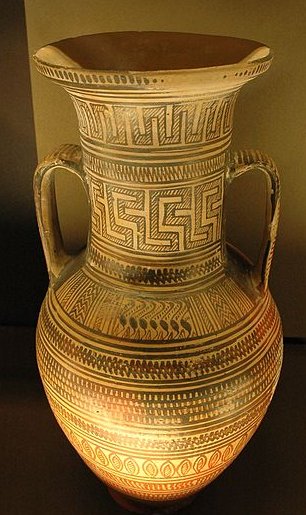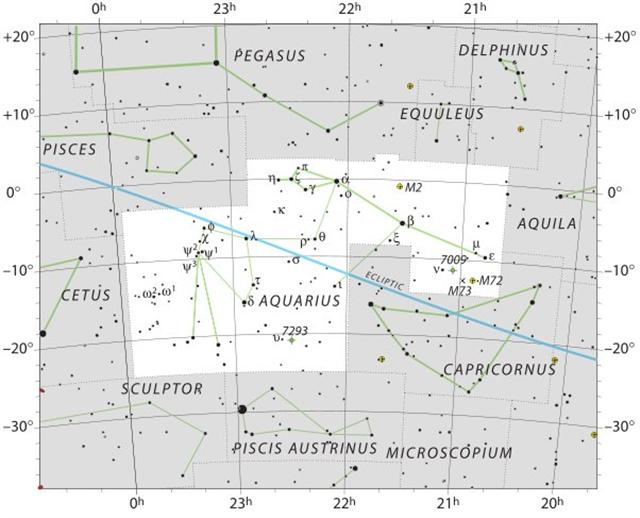|
6. My intuition insists I cannot finish this chapter without referring to OgotemmÍli: ... The four males and the four females were couples in consequence of their lower, i.e. of their sexual parts. The four males were man and woman, and the four females were woman and man. In the case of the males it was the man, and in the case of the females it was the woman, who played the dominant role. They coupled and became pregnant each in him or herself, and so produced their offspring. But in the fullness of time an obscure instinct led the eldest of them towards the anthill which had been occupied by the Nummo. He wore on his head a head-dress and to protect him from the sun, the wooden bowl he used for his food. He put his two feet into the opening of the anthill, that is of the earth's womb, and sank in slowly as if for a parturition a tergo. The whole of him thus entered into the earth, and his head itself disappeared. But he left on the ground, as evidence of his passage into that world, the bowl which had caught on the edges of the opening. All that remained on the anthill was the round wooden bowl, still bearing traces of the food and the finger-prints of its vanished owner, symbol of his body and of his human nature, as, in the animal world, is the skin which a reptile has shed ... (Cfr at Kiore.) The wooden cap should refer to the northern sky hemisphere (the basic habitat of Sun). Therefore it is a bowl for food. When the eldest of the 4 males went down only his cap (cup) remained above ground. Presumably it was left in the form of an overturned cup («). And his fingerprints identified it as belonging to someone with hands, someone on 'land'. The Crater constellation is where Sun is going down (below the equator in the sky) and the rim of the bowl should be downwards in order to represent the cap of Sun. This is not the way we are used to see Crater but it agrees with the Latin Labrum 'an edge, rim of a vessel' for δ:  To make such a drawing of Crater necessitates, I think, to include the unlettered star where the 12h line is crossing the line for 10ļ S. Nowadays this star belongs in Virgo. If we have this star ('24' according to Gould, says Wikipedia) as the end of an amphora its rim can be defined by γ and β.
A tall amphora is though opposite in form to that of a shallow patera, it is more 'male' than 'female'. The Aquarius constellation is at the other end of the sky roof, where the ecliptic path of Sun is rising from the deep again:
The star 24 Virginis marks (maybe) where the ancient Crater had its end and half a year later comes the last part of Aquarius. Therefore 24 Virginis is a nakshatra star for time 0h (at Gb6-25). However, the nakshatra system is not the same as my proposed antipodal star system:
By the way, yesterday was December 21 in the ominous year 2012, when a great cycle in time had to be finished. I guess this coincides with the beginning of the era of Aquarius, to be found by the nakshatra method from 24 Virginis. The sea levels are rising north of the equator, while south of the equator virgin green land should rise again from the waves - at least in the sky. |




